Petros Koumoutsakos
Reinforcement Learning Closures for Underresolved Partial Differential Equations using Synthetic Data
May 16, 2025Abstract:Partial Differential Equations (PDEs) describe phenomena ranging from turbulence and epidemics to quantum mechanics and financial markets. Despite recent advances in computational science, solving such PDEs for real-world applications remains prohibitively expensive because of the necessity of resolving a broad range of spatiotemporal scales. In turn, practitioners often rely on coarse-grained approximations of the original PDEs, trading off accuracy for reduced computational resources. To mitigate the loss of detail inherent in such approximations, closure models are employed to represent unresolved spatiotemporal interactions. We present a framework for developing closure models for PDEs using synthetic data acquired through the method of manufactured solutions. These data are used in conjunction with reinforcement learning to provide closures for coarse-grained PDEs. We illustrate the efficacy of our method using the one-dimensional and two-dimensional Burgers' equations and the two-dimensional advection equation. Moreover, we demonstrate that closure models trained for inhomogeneous PDEs can be effectively generalized to homogeneous PDEs. The results demonstrate the potential for developing accurate and computationally efficient closure models for systems with scarce data.
Optimal Lattice Boltzmann Closures through Multi-Agent Reinforcement Learning
Apr 19, 2025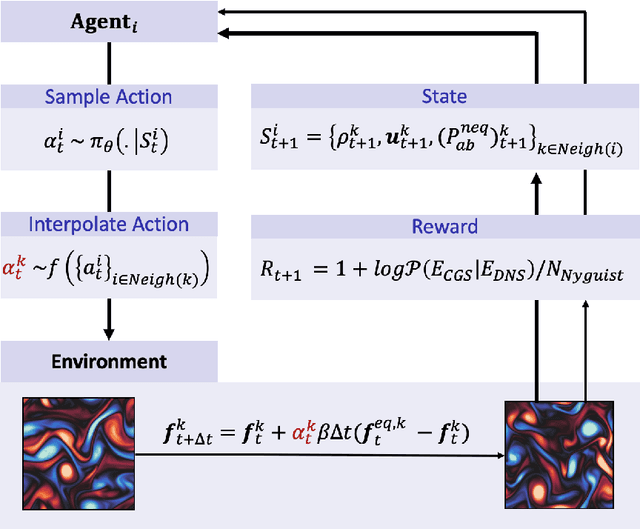
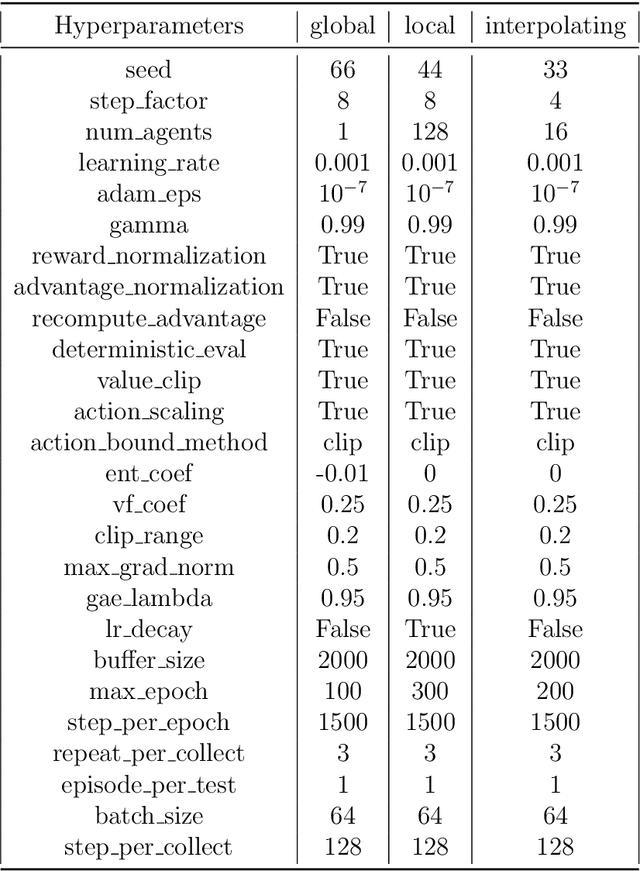

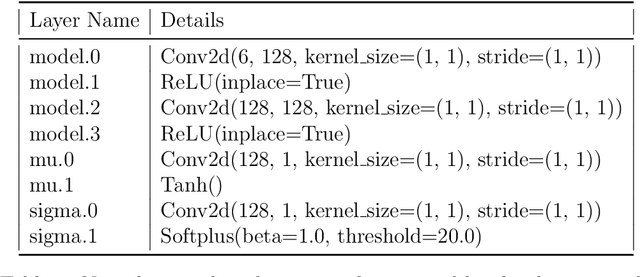
Abstract:The Lattice Boltzmann method (LBM) offers a powerful and versatile approach to simulating diverse hydrodynamic phenomena, spanning microfluidics to aerodynamics. The vast range of spatiotemporal scales inherent in these systems currently renders full resolution impractical, necessitating the development of effective closure models for under-resolved simulations. Under-resolved LBMs are unstable, and while there is a number of important efforts to stabilize them, they often face limitations in generalizing across scales and physical systems. We present a novel, data-driven, multiagent reinforcement learning (MARL) approach that drastically improves stability and accuracy of coarse-grained LBM simulations. The proposed method uses a convolutional neural network to dynamically control the local relaxation parameter for the LB across the simulation grid. The LB-MARL framework is showcased in turbulent Kolmogorov flows. We find that the MARL closures stabilize the simulations and recover the energy spectra of significantly more expensive fully resolved simulations while maintaining computational efficiency. The learned closure model can be transferred to flow scenarios unseen during training and has improved robustness and spectral accuracy compared to traditional LBM models. We believe that MARL closures open new frontiers for efficient and accurate simulations of a multitude of complex problems not accessible to present-day LB methods alone.
Energy Matching: Unifying Flow Matching and Energy-Based Models for Generative Modeling
Apr 14, 2025Abstract:Generative models often map noise to data by matching flows or scores, but these approaches become cumbersome for incorporating partial observations or additional priors. Inspired by recent advances in Wasserstein gradient flows, we propose Energy Matching, a framework that unifies flow-based approaches with the flexibility of energy-based models (EBMs). Far from the data manifold, samples move along curl-free, optimal transport paths from noise to data. As they approach the data manifold, an entropic energy term guides the system into a Boltzmann equilibrium distribution, explicitly capturing the underlying likelihood structure of the data. We parameterize this dynamic with a single time-independent scalar field, which serves as both a powerful generator and a flexible prior for effective regularization of inverse problems. Our method substantially outperforms existing EBMs on CIFAR-10 generation (FID 3.97 compared to 8.61), while retaining the simulation-free training of transport-based approaches away from the data manifold. Additionally, we exploit the flexibility of our method and introduce an interaction energy for diverse mode exploration. Our approach focuses on learning a static scalar potential energy -- without time conditioning, auxiliary generators, or additional networks -- marking a significant departure from recent EBM methods. We believe this simplified framework significantly advances EBM capabilities and paves the way for their broader adoption in generative modeling across diverse domains.
Learning Effective Dynamics across Spatio-Temporal Scales of Complex Flows
Feb 11, 2025Abstract:Modeling and simulation of complex fluid flows with dynamics that span multiple spatio-temporal scales is a fundamental challenge in many scientific and engineering domains. Full-scale resolving simulations for systems such as highly turbulent flows are not feasible in the foreseeable future, and reduced-order models must capture dynamics that involve interactions across scales. In the present work, we propose a novel framework, Graph-based Learning of Effective Dynamics (Graph-LED), that leverages graph neural networks (GNNs), as well as an attention-based autoregressive model, to extract the effective dynamics from a small amount of simulation data. GNNs represent flow fields on unstructured meshes as graphs and effectively handle complex geometries and non-uniform grids. The proposed method combines a GNN based, dimensionality reduction for variable-size unstructured meshes with an autoregressive temporal attention model that can learn temporal dependencies automatically. We evaluated the proposed approach on a suite of fluid dynamics problems, including flow past a cylinder and flow over a backward-facing step over a range of Reynolds numbers. The results demonstrate robust and effective forecasting of spatio-temporal physics; in the case of the flow past a cylinder, both small-scale effects that occur close to the cylinder as well as its wake are accurately captured.
Deconstructing Recurrence, Attention, and Gating: Investigating the transferability of Transformers and Gated Recurrent Neural Networks in forecasting of dynamical systems
Oct 03, 2024Abstract:Machine learning architectures, including transformers and recurrent neural networks (RNNs) have revolutionized forecasting in applications ranging from text processing to extreme weather. Notably, advanced network architectures, tuned for applications such as natural language processing, are transferable to other tasks such as spatiotemporal forecasting tasks. However, there is a scarcity of ablation studies to illustrate the key components that enable this forecasting accuracy. The absence of such studies, although explainable due to the associated computational cost, intensifies the belief that these models ought to be considered as black boxes. In this work, we decompose the key architectural components of the most powerful neural architectures, namely gating and recurrence in RNNs, and attention mechanisms in transformers. Then, we synthesize and build novel hybrid architectures from the standard blocks, performing ablation studies to identify which mechanisms are effective for each task. The importance of considering these components as hyper-parameters that can augment the standard architectures is exhibited on various forecasting datasets, from the spatiotemporal chaotic dynamics of the multiscale Lorenz 96 system, the Kuramoto-Sivashinsky equation, as well as standard real world time-series benchmarks. A key finding is that neural gating and attention improves the performance of all standard RNNs in most tasks, while the addition of a notion of recurrence in transformers is detrimental. Furthermore, our study reveals that a novel, sparsely used, architecture which integrates Recurrent Highway Networks with neural gating and attention mechanisms, emerges as the best performing architecture in high-dimensional spatiotemporal forecasting of dynamical systems.
Physics-Regularized Multi-Modal Image Assimilation for Brain Tumor Localization
Sep 30, 2024



Abstract:Physical models in the form of partial differential equations represent an important prior for many under-constrained problems. One example is tumor treatment planning, which heavily depends on accurate estimates of the spatial distribution of tumor cells in a patient's anatomy. Medical imaging scans can identify the bulk of the tumor, but they cannot reveal its full spatial distribution. Tumor cells at low concentrations remain undetectable, for example, in the most frequent type of primary brain tumors, glioblastoma. Deep-learning-based approaches fail to estimate the complete tumor cell distribution due to a lack of reliable training data. Most existing works therefore rely on physics-based simulations to match observed tumors, providing anatomically and physiologically plausible estimations. However, these approaches struggle with complex and unknown initial conditions and are limited by overly rigid physical models. In this work, we present a novel method that balances data-driven and physics-based cost functions. In particular, we propose a unique discretization scheme that quantifies the adherence of our learned spatiotemporal tumor and brain tissue distributions to their corresponding growth and elasticity equations. This quantification, serving as a regularization term rather than a hard constraint, enables greater flexibility and proficiency in assimilating patient data than existing models. We demonstrate improved coverage of tumor recurrence areas compared to existing techniques on real-world data from a cohort of patients. The method holds the potential to enhance clinical adoption of model-driven treatment planning for glioblastoma.
Generative Learning of the Solution of Parametric Partial Differential Equations Using Guided Diffusion Models and Virtual Observations
Jul 31, 2024



Abstract:We introduce a generative learning framework to model high-dimensional parametric systems using gradient guidance and virtual observations. We consider systems described by Partial Differential Equations (PDEs) discretized with structured or unstructured grids. The framework integrates multi-level information to generate high fidelity time sequences of the system dynamics. We demonstrate the effectiveness and versatility of our framework with two case studies in incompressible, two dimensional, low Reynolds cylinder flow on an unstructured mesh and incompressible turbulent channel flow on a structured mesh, both parameterized by the Reynolds number. Our results illustrate the framework's robustness and ability to generate accurate flow sequences across various parameter settings, significantly reducing computational costs allowing for efficient forecasting and reconstruction of flow dynamics.
Path planning of magnetic microswimmers in high-fidelity simulations of capillaries with deep reinforcement learning
Mar 29, 2024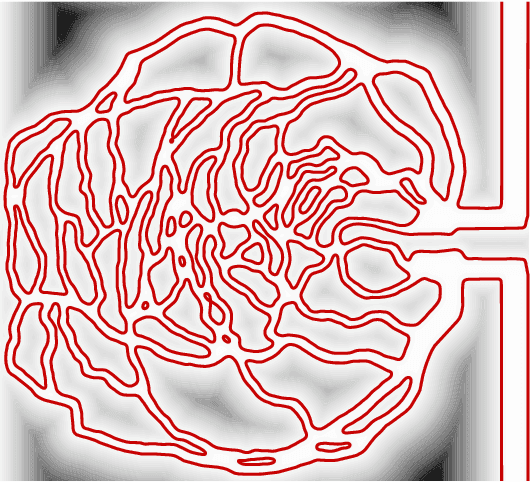
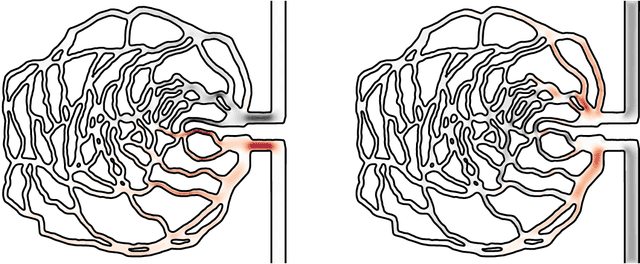


Abstract:Biomedical applications such as targeted drug delivery, microsurgery or sensing rely on reaching precise areas within the body in a minimally invasive way. Artificial bacterial flagella (ABFs) have emerged as potential tools for this task by navigating through the circulatory system. While the control and swimming characteristics of ABFs is understood in simple scenarios, their behavior within the bloodstream remains unclear. We conduct simulations of ABFs evolving in the complex capillary networks found in the human retina. The ABF is robustly guided to a prescribed target by a reinforcement learning agent previously trained on a reduced order model.
Generative Learning for Forecasting the Dynamics of Complex Systems
Feb 27, 2024Abstract:We introduce generative models for accelerating simulations of complex systems through learning and evolving their effective dynamics. In the proposed Generative Learning of Effective Dynamics (G-LED), instances of high dimensional data are down sampled to a lower dimensional manifold that is evolved through an auto-regressive attention mechanism. In turn, Bayesian diffusion models, that map this low-dimensional manifold onto its corresponding high-dimensional space, capture the statistics of the system dynamics. We demonstrate the capabilities and drawbacks of G-LED in simulations of several benchmark systems, including the Kuramoto-Sivashinsky (KS) equation, two-dimensional high Reynolds number flow over a backward-facing step, and simulations of three-dimensional turbulent channel flow. The results demonstrate that generative learning offers new frontiers for the accurate forecasting of the statistical properties of complex systems at a reduced computational cost.
Closure Discovery for Coarse-Grained Partial Differential Equations using Multi-Agent Reinforcement Learning
Feb 01, 2024Abstract:Reliable predictions of critical phenomena, such as weather, wildfires and epidemics are often founded on models described by Partial Differential Equations (PDEs). However, simulations that capture the full range of spatio-temporal scales in such PDEs are often prohibitively expensive. Consequently, coarse-grained simulations that employ heuristics and empirical closure terms are frequently utilized as an alternative. We propose a novel and systematic approach for identifying closures in under-resolved PDEs using Multi-Agent Reinforcement Learning (MARL). The MARL formulation incorporates inductive bias and exploits locality by deploying a central policy represented efficiently by Convolutional Neural Networks (CNN). We demonstrate the capabilities and limitations of MARL through numerical solutions of the advection equation and the Burgers' equation. Our results show accurate predictions for in- and out-of-distribution test cases as well as a significant speedup compared to resolving all scales.
 Add to Chrome
Add to Chrome Add to Firefox
Add to Firefox Add to Edge
Add to Edge